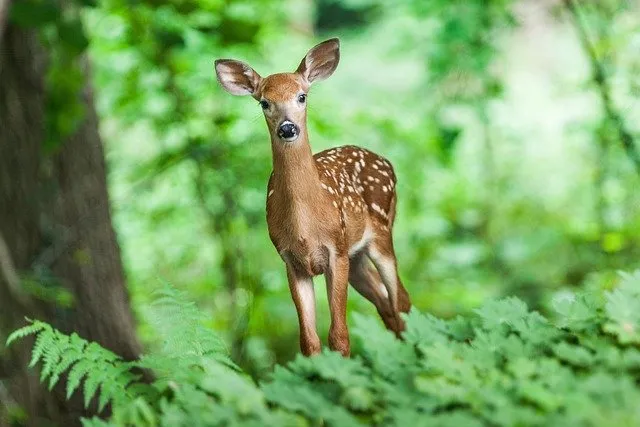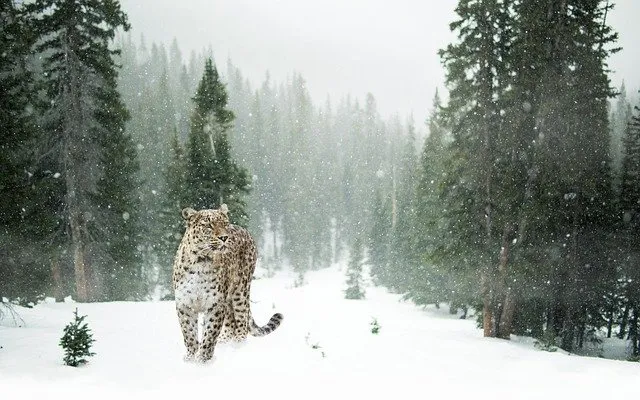
The Fascinating World of Animal Communication: Understanding the Language of the Animal Kingdom
Have you ever wondered how animals communicate with each other? It turns out that the animal kingdom has a complex system of communication that is both fascinating and diverse. From the songs of whales to the dances of bees, animals use a variety of methods to convey information and interact with each other.
Vocal Communication
One of the most common forms of animal communication is vocalization. Many species, such as birds and primates, use a wide range of calls, songs, and vocalizations to communicate with each other. Some animals, like dolphins and whales, use complex songs and vocalizations that can travel for miles underwater.
Body Language
Animals also use body language to communicate. For example, dogs use a variety of body postures to convey their emotions and intentions. A wagging tail can indicate happiness, while a lowered head and ears can signal submission or fear. Similarly, primates use a variety of facial expressions and body gestures to communicate with each other.
Chemical Signals
Many animals also use chemical signals to communicate. For example, pheromones are chemical signals that are used by many species to attract mates, mark territory, or signal danger. Some animals, like ants and bees, use pheromones to coordinate their activities and communicate with each other.
Understanding Animal Communication
While we may not be able to understand the complex language of the animal kingdom, scientists are making progress in deciphering some of the signals and messages that animals use to communicate. By studying the behavior and vocalizations of animals, researchers can gain insights into their social structures, mating habits, and even their emotional states.
As we continue to learn more about animal communication, we gain a deeper appreciation for the complexity and diversity of the natural world. Whether it's the haunting songs of whales or the intricate dances of bees, the language of the animal kingdom is a fascinating subject that continues to captivate and inspire us.

All images are taken from the Pixabay.com